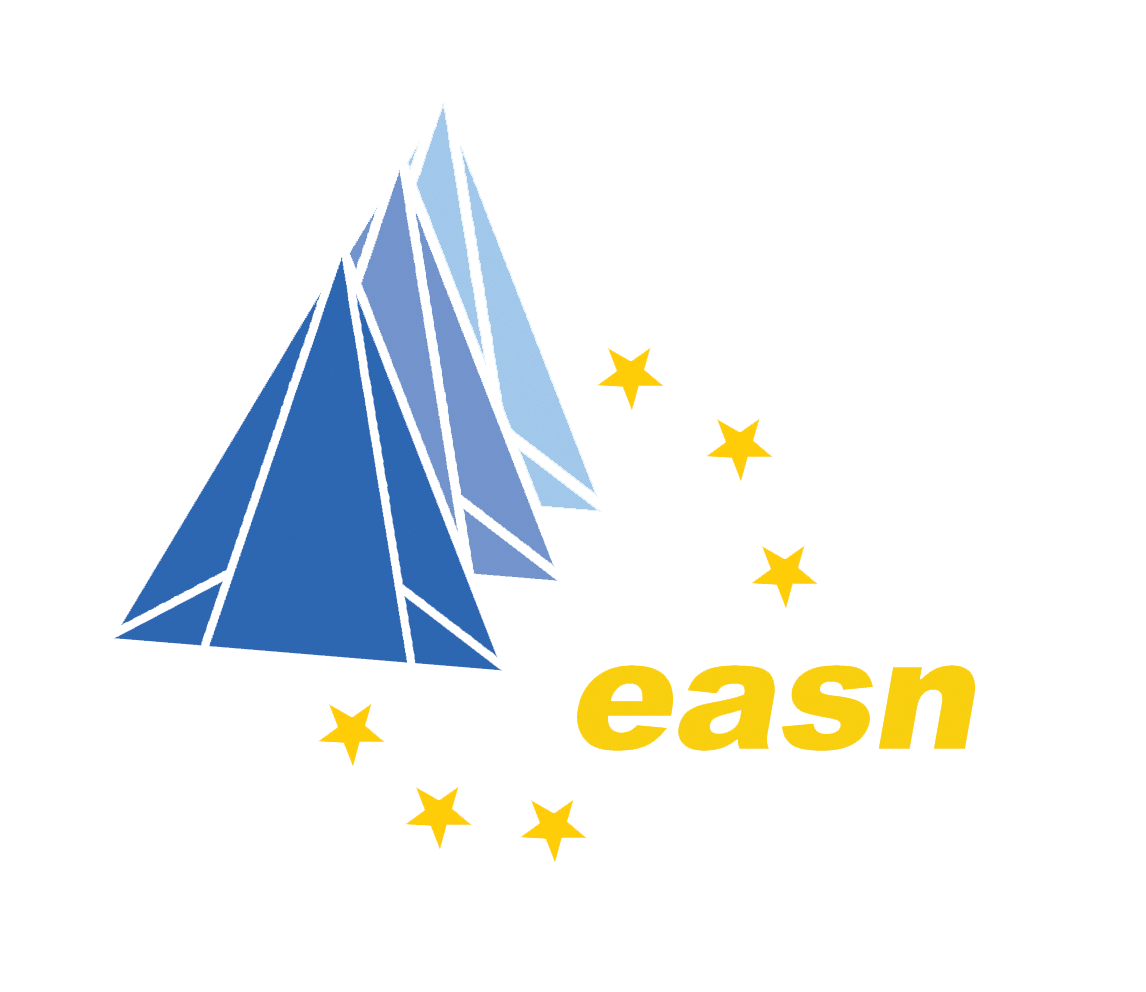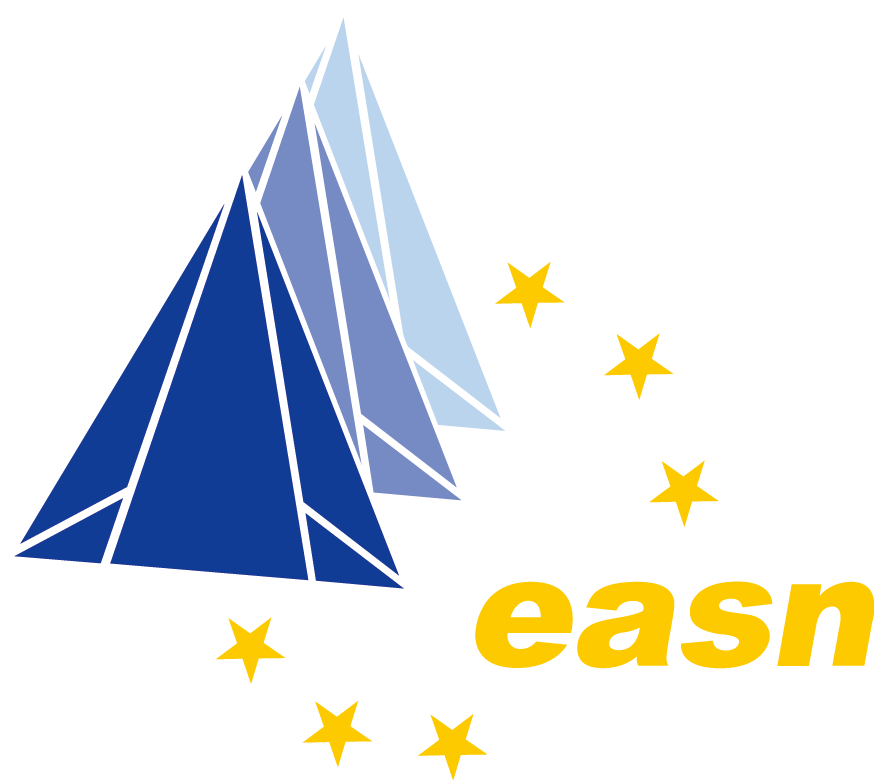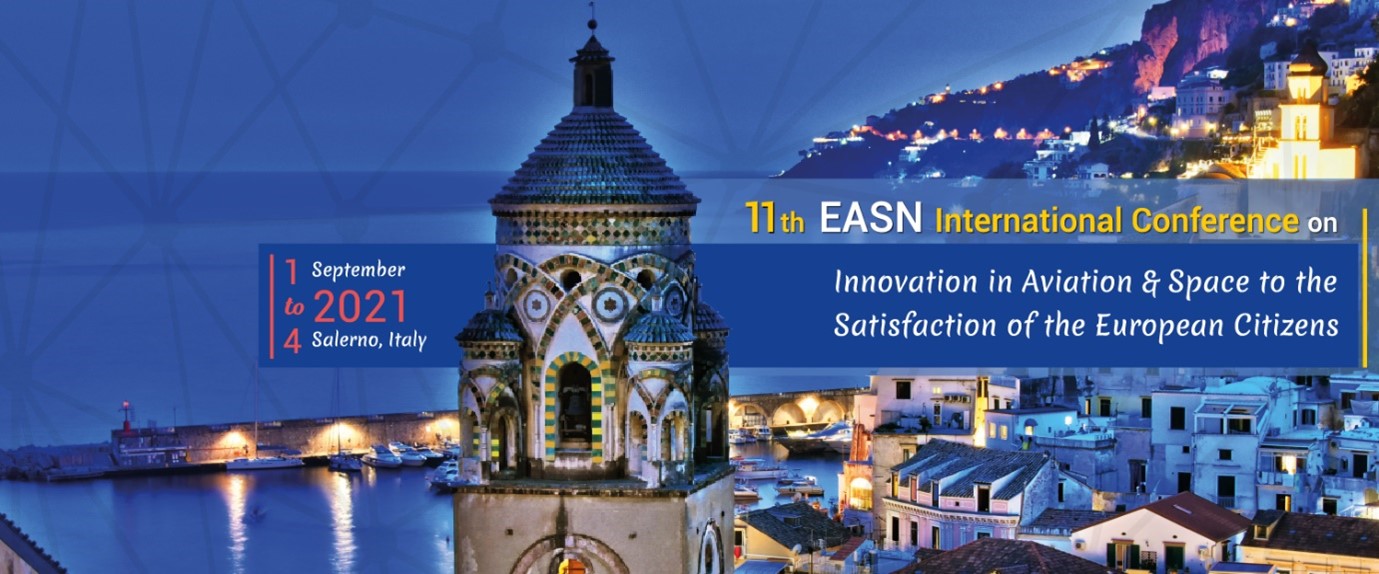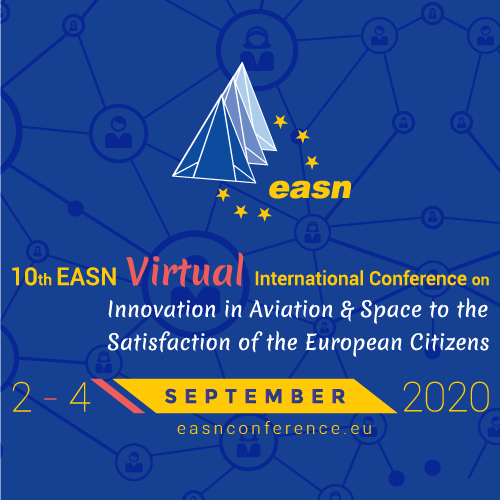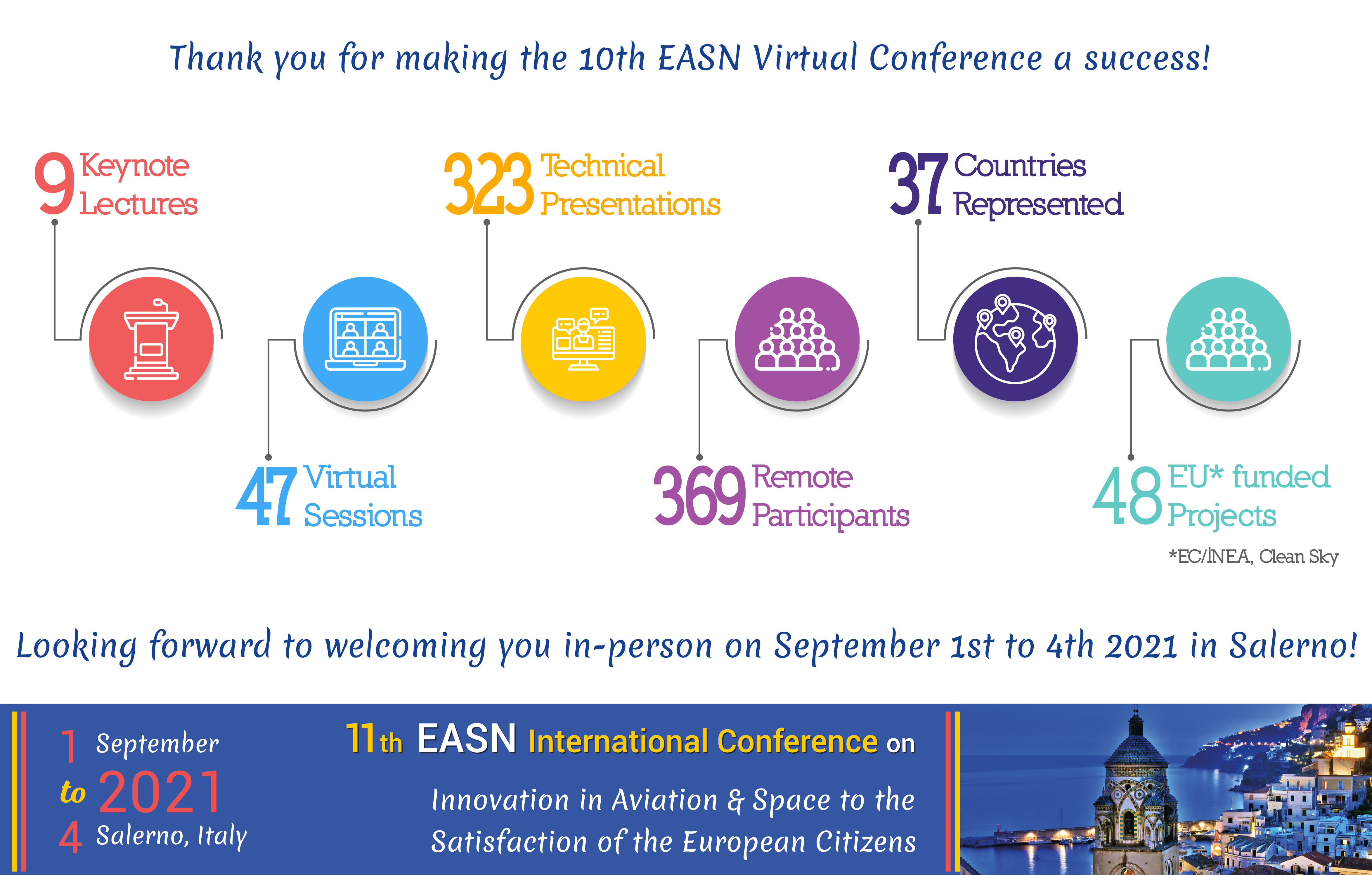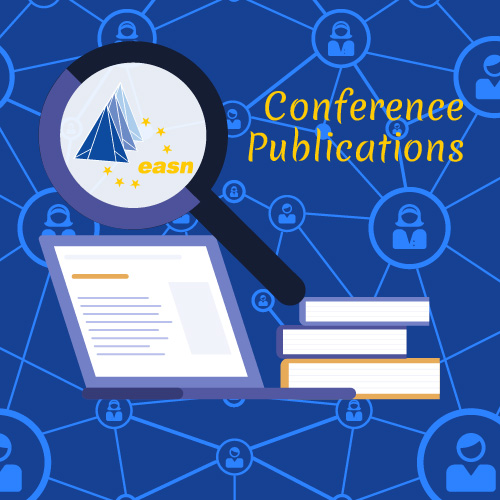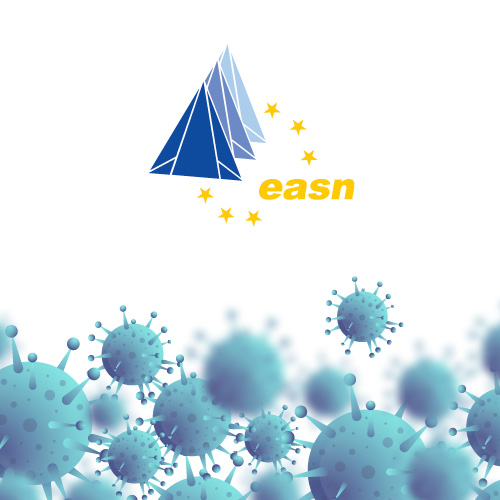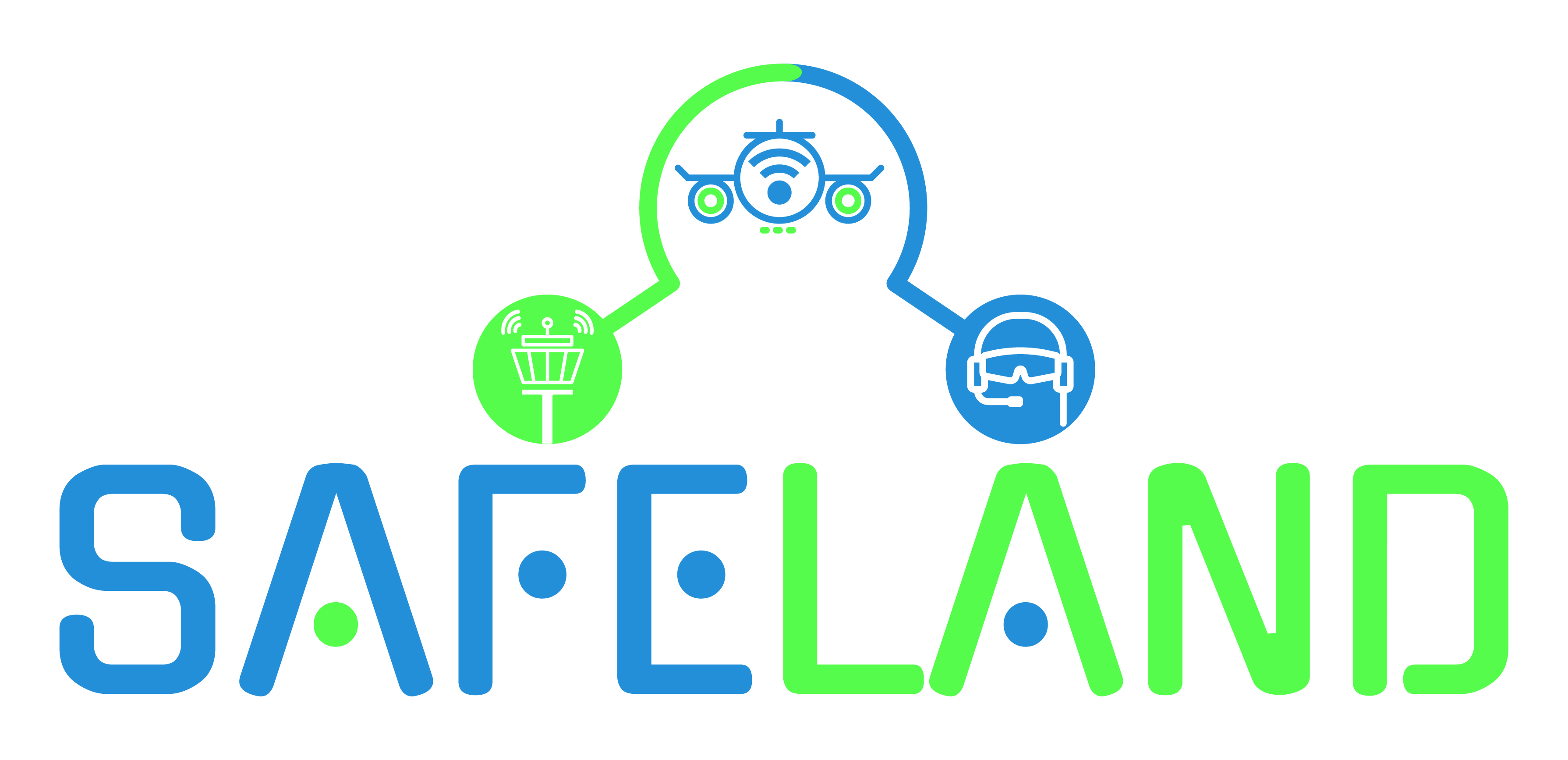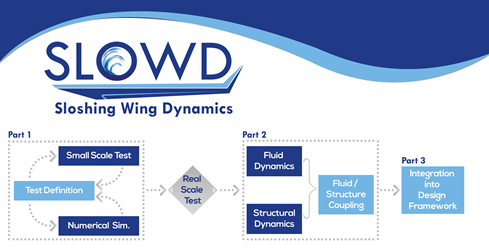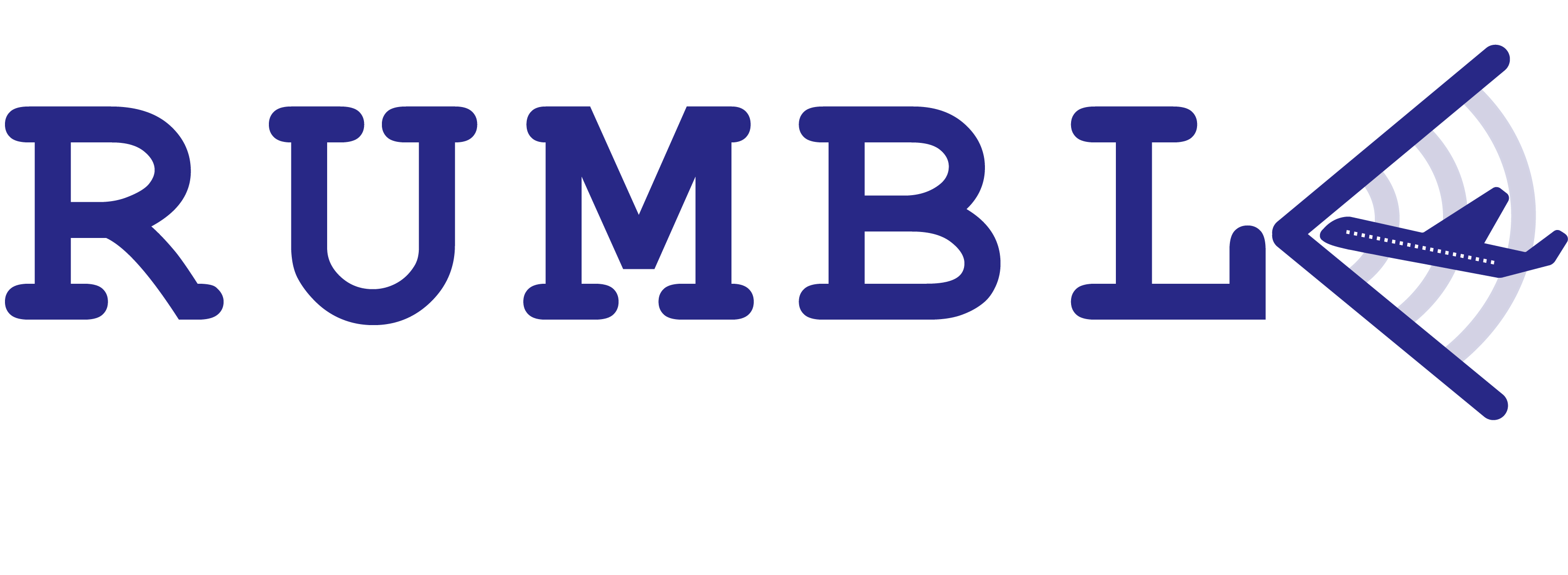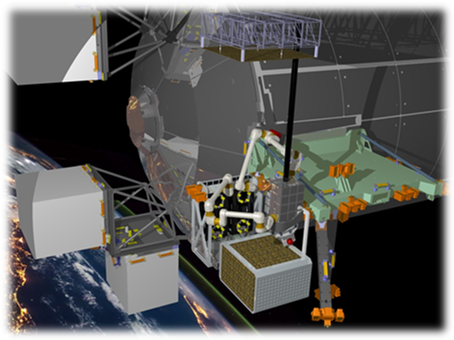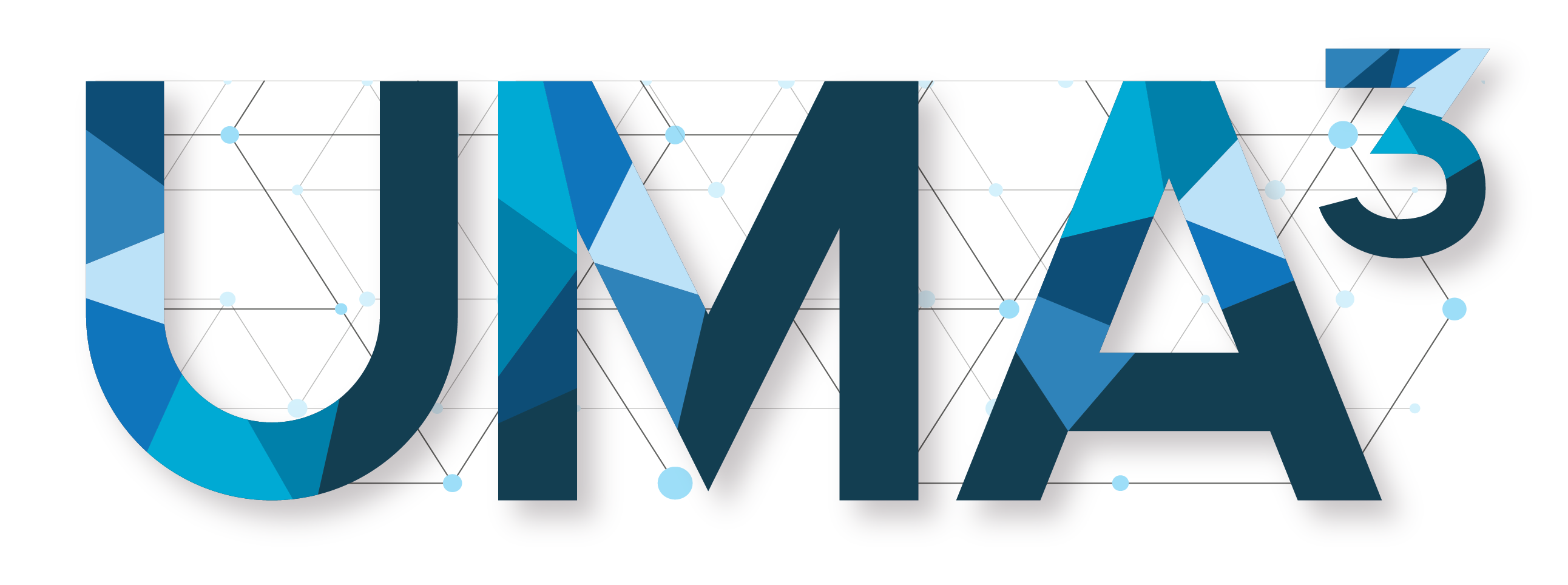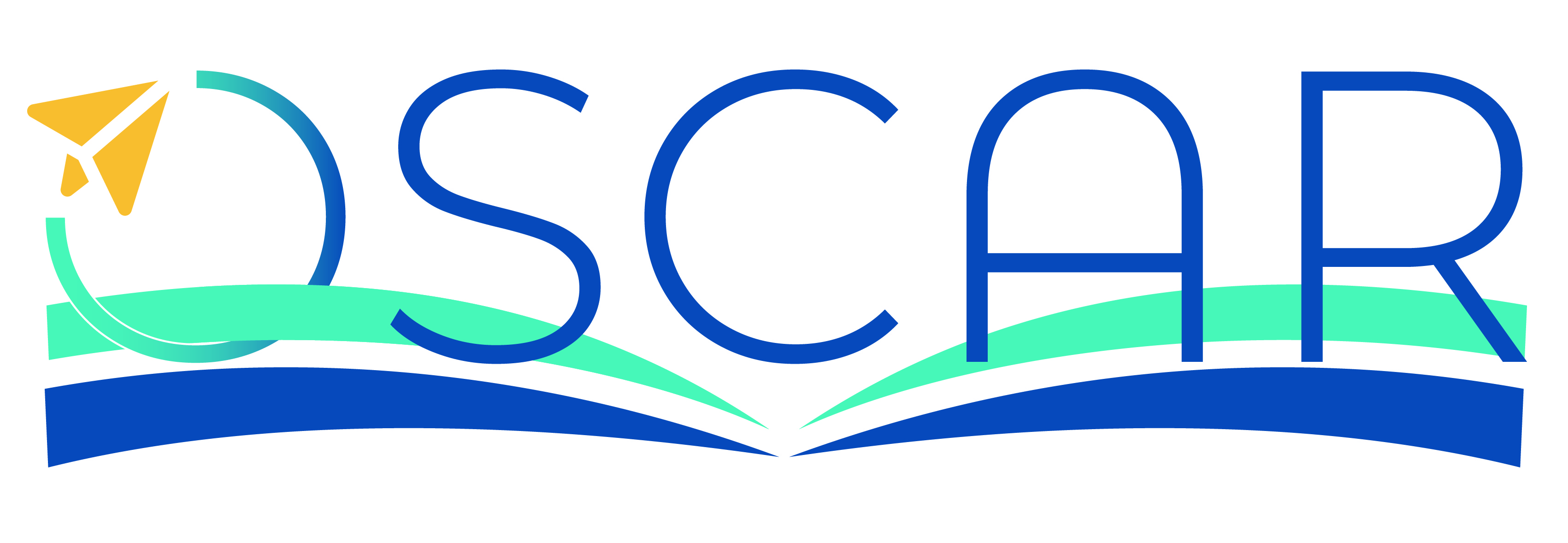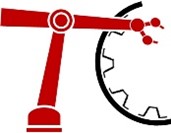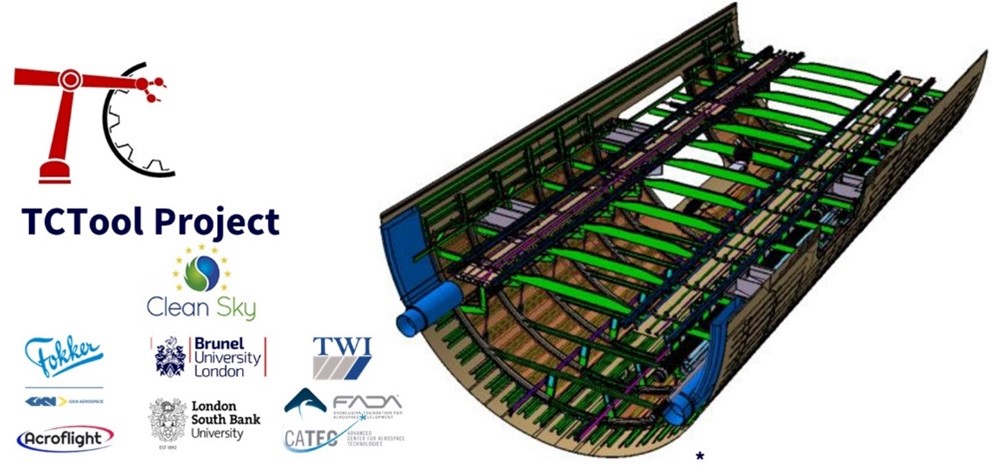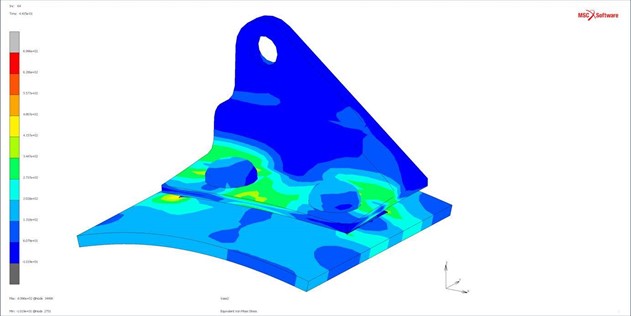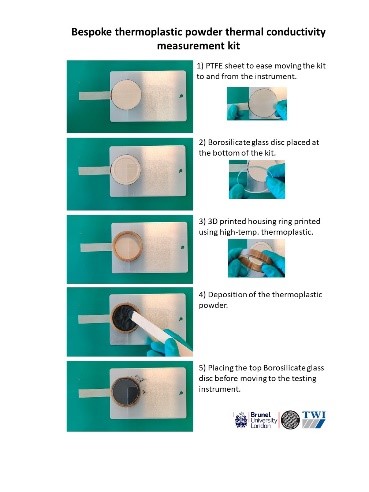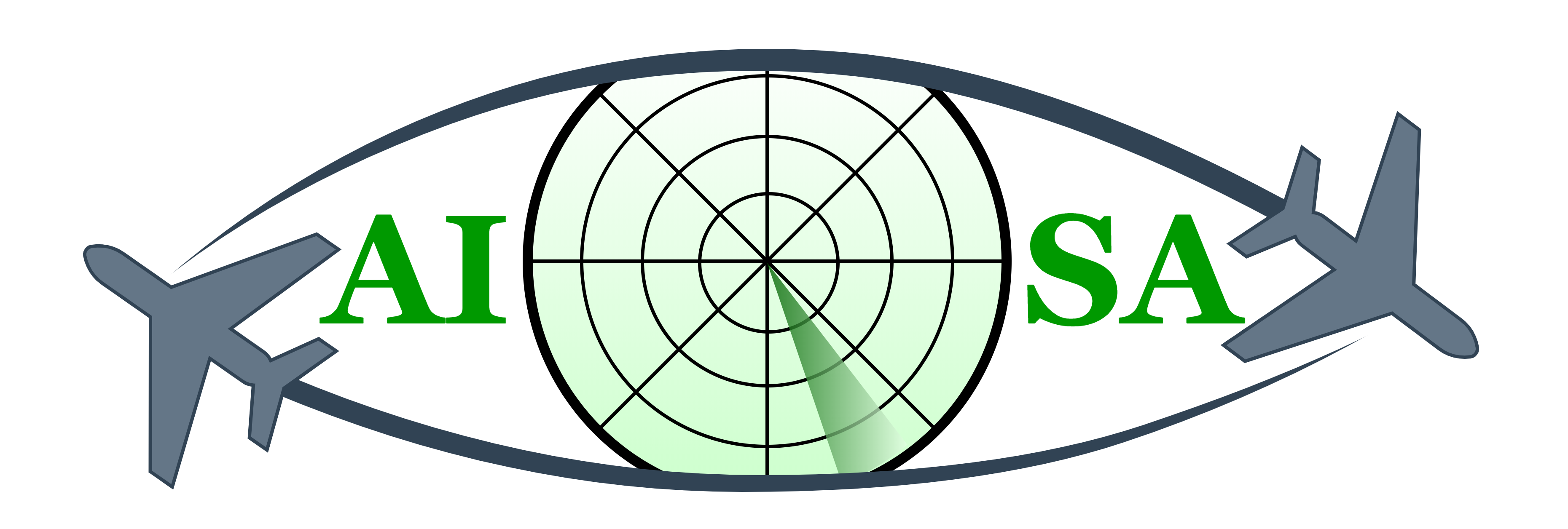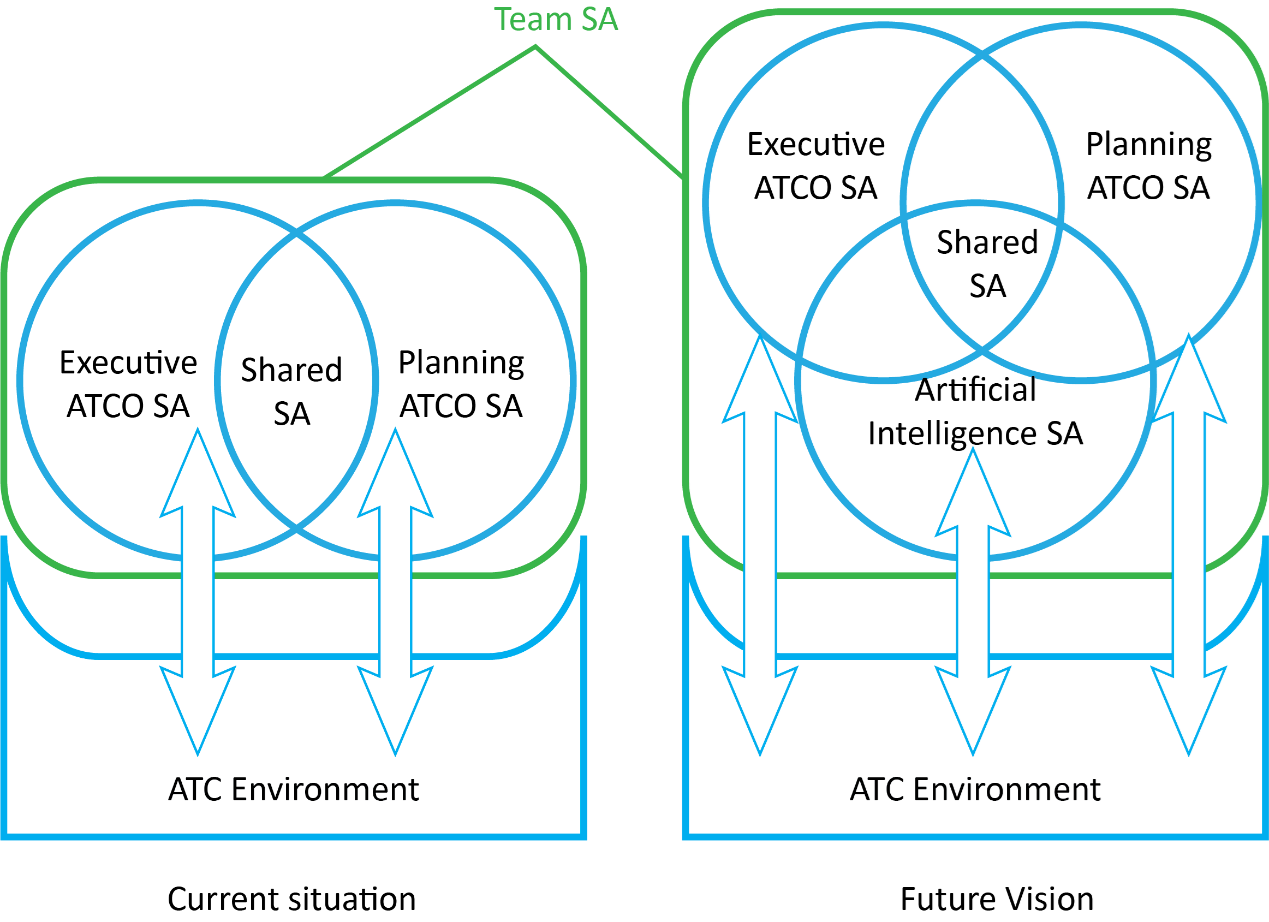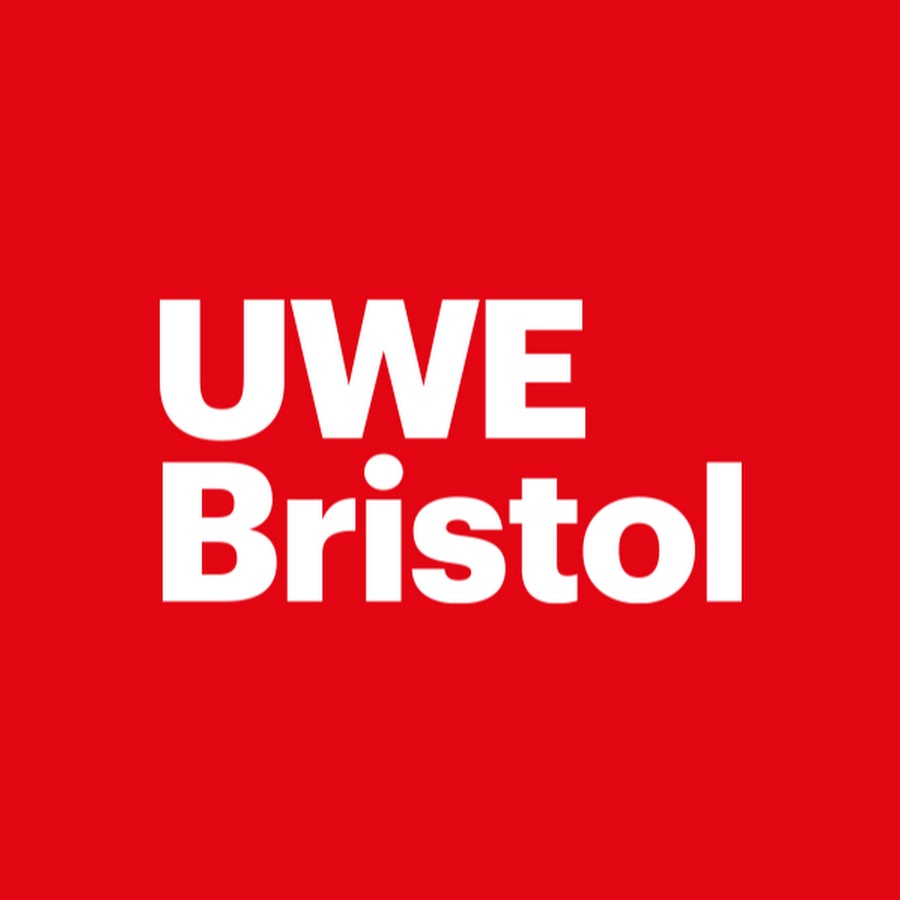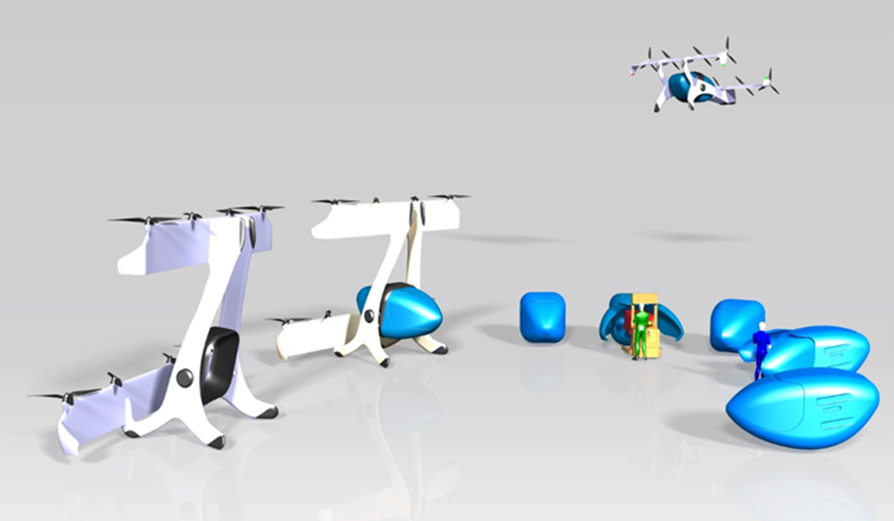The EASN Association and the University of Salerno are glad to announce the 11th EASN International Conference on "Innovation in Aviation & Space to the Satisfaction of the European Citizens" which will take place in Salerno, Italy from the 1st until the 4th of September, 2021.
The EASN Team is working for organizing a physical Conference in Salerno, Italy and we are confident and optimistic that despite of the current COVID-19 pandemic situation it will be by then, possible. In any case, we are also preparing for a hybrid or a fully virtual Conference as a backup solution in case it would become necessary. The conference venue will be located at the Fisciano Campus of the University of Salerno.
The aim of this gathering is dual. To act as a forum where innovative ideas, breakthrough concepts and disruptive technologies are presented, while in parallel be the place for disseminating the knowledge and results achieved in the frame of research projects of the Aviation and Space field. The previous 10th EASN Internationl Conference, which due to the COVID pandemic, it was the first time in the history of the EASN Conference series that it was held virtually, was attended by more than 350 participants from various disciplines.
Like its predecessors, the 11th EASN International Conference will include a number of Plenary Talks by distinguished personalities of the European Aviation and Space sectors from the academia, industry, research community and policy makers. It will also include Thematic Sessions, along with Technical Workshops where evolving ideas, technologies, products, services and processes will be discussed.
Furthermore, the conference is expected to be a major European Dissemination and Exploitation event of Aviation and Space - related research. The majority of the currently running research projects will exploit the 3-days technical program to present their activities and achieved goals, discuss on current trends and future needs of the Aviation and Space - related research and try to identify possible synergies with each other. Additionally, a number of policy development projects will also find the floor to present the strategic priorities of the European aviation sector.
Last but not least, we are glad to announce that the 11th EASN International Conference will be performed with the support of significant Stakeholders of the European and Italian Aviation and Space Sector. Confirmed has been so far the support of Clean Sky 2, Aerospace Valley, Fraunhofer-Gesellschaft, Campania Aerospace Technological District (DAC), National Aerospace Technology Cluster (CTNA) and Piedmont Aerospace Cluster.
In this frame, you are cordially invited to join us and be part of this year's conversation of the European Aviation & Space community! Therefore, please submit here your abstract to be presented at the 11th EASN International Conference and ensure your participation by registering here and taking advantage of the Early Bird Registration Fees which are offered at a discounted rate until the 10th of July, 2021!
For more information on the Topics, the Key-Dates and the International Scientific Committee can be found at the official website of the 11th EASN International Conference on “Innovation in Aviation & Space to the Satisfaction of the European Citizens”.

